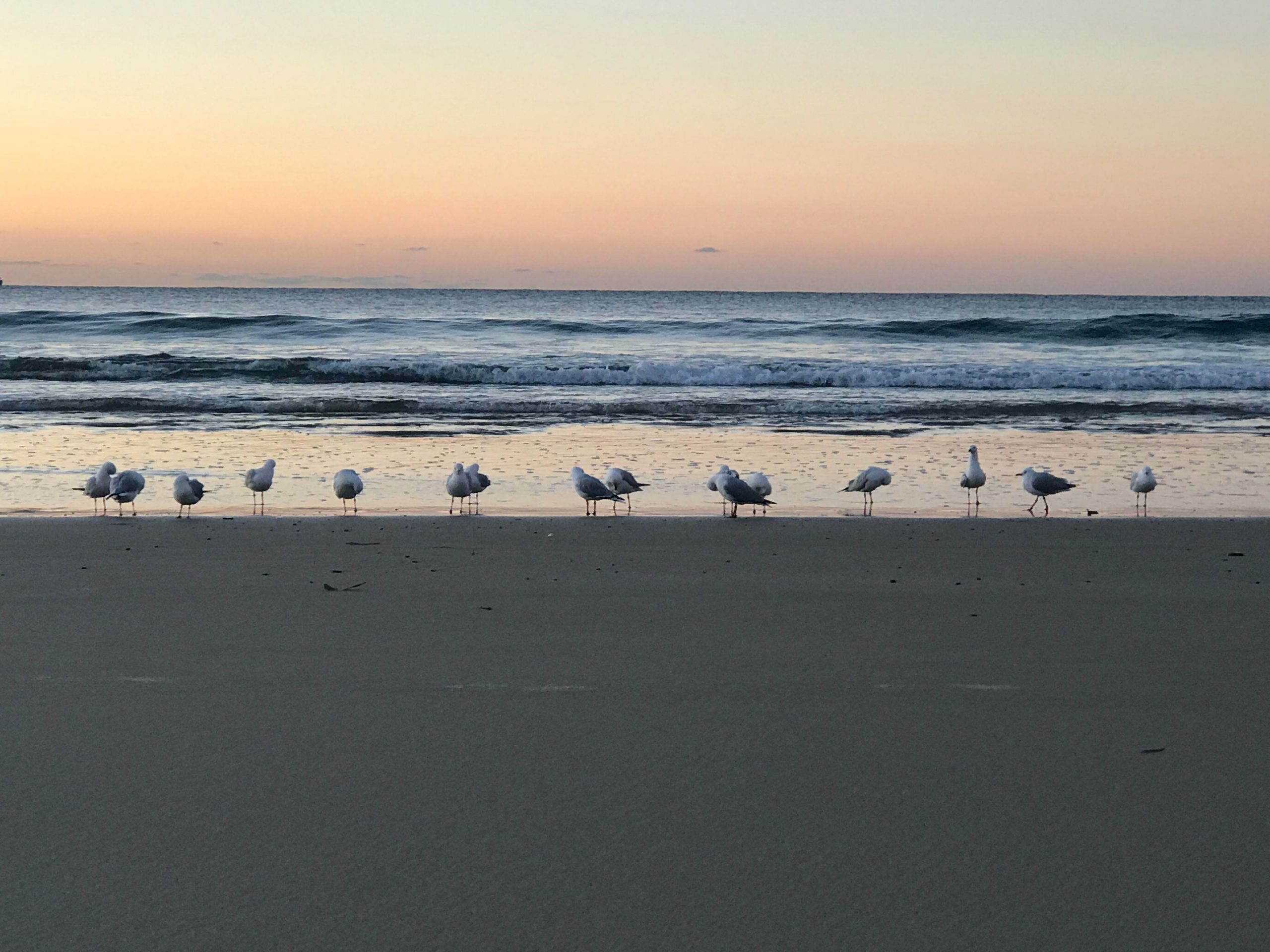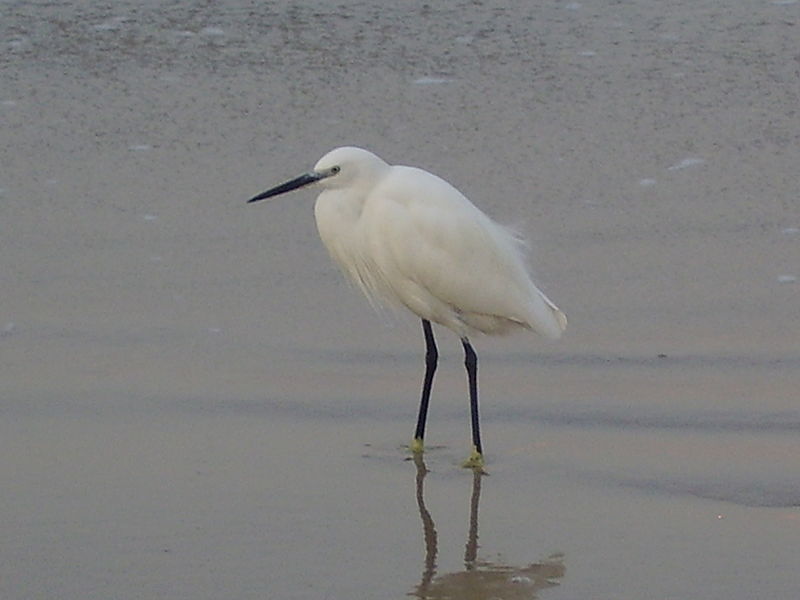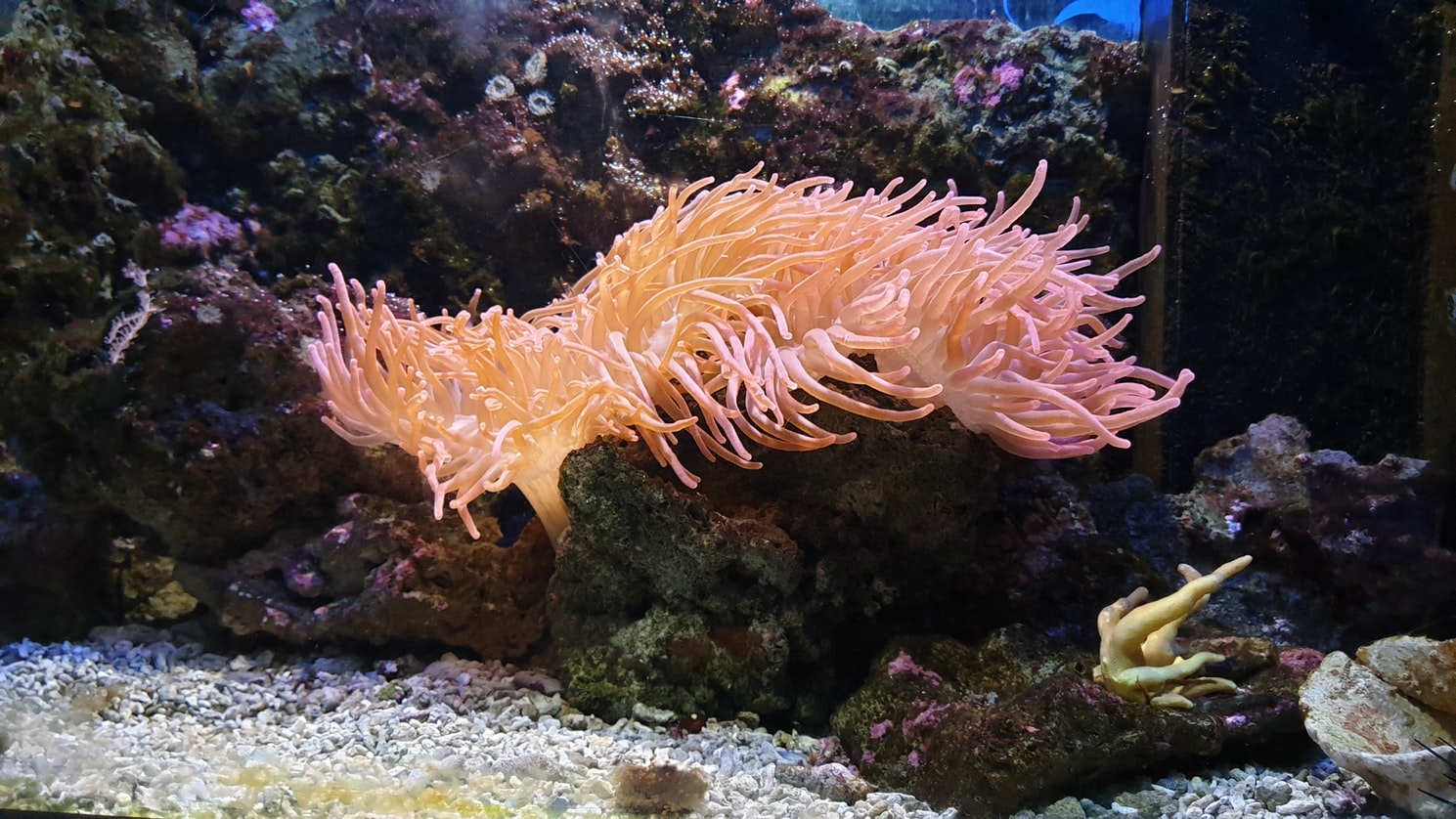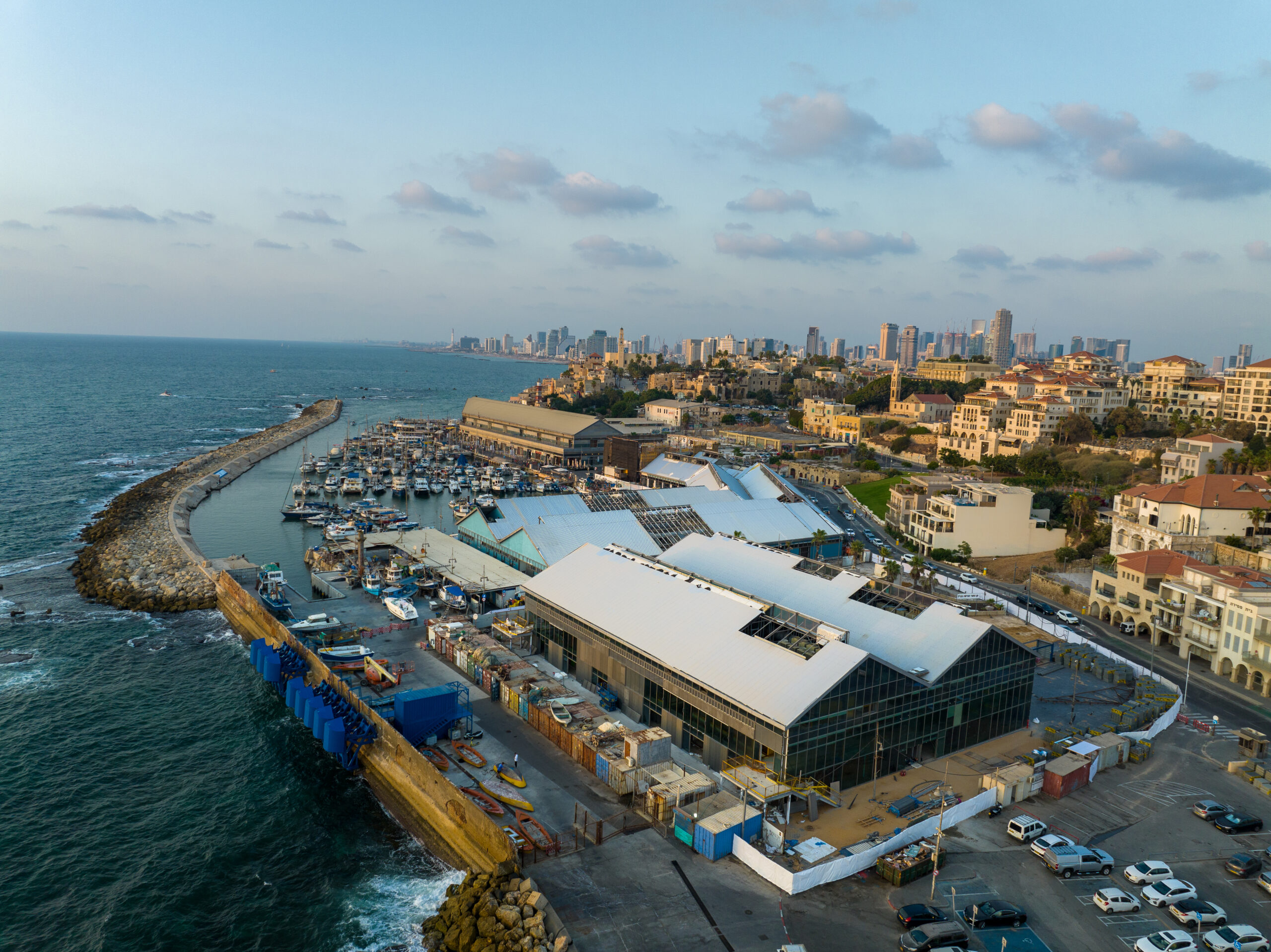What Birds – Birds of the Tel-Aviv Yafo Coastline

Not just Hula Lake, the Tel-Aviv Yafo Coastline is home and a focal point for thousands of birds. Whether these are sea birds or migrating birds, our winged friends know that the chores of the first Hebrew city is the right place be.
Come with binoculars and let’s get to know them.
Sea Birds
The nature survey conducted by the Tel-Aviv Yafo Municipality in 2012 found that the Tel-Aviv coastline was home to 66 species of birds, 17 of which are sea birds.
The Yafo coastline and port are excellent observation points for the sea view. Sea view is where birds that are largely in the heart of the ocean are attracted. Winter storms are a prime opportunity for observing sea birds since the strong winds bring the sea birds to the shore. The storms invite many species of birds such as the Yelkouan shearwater, Northern gannet, parasitic jaeger, pomarine jaeger as well as many other species. Rare species can occasionally be seen such as the Northern storm petrels. Regular winter rests of this species in the eastern Mediterranean is a mystery. Primarily because the petrels are not observed in these types of numbers anywhere else in the Mediterranean.
Migrating Birds
The Tel-Aviv Yafo Coastline is a unique waystation for thousands of birds during migration seasons, particularly during the autumn. The northern kurkar ridge is a resting point during the migration season, and in late summer in the early morning hours, flocks of thousands of birds fly over the ridge on their way south. Huge flocks of songbirds arrive in flight from the sea and continue to migrate along the coastal strip.
Among the birds you can see here in the autumn:
Northern Wheatear – the Northern Wheatear is a songbird that travels one of the rarest and longest routes among the migrating birds – from the North Pole to South Africa, crossing seas and oceans on its way, and resting at Tel-Baruch coast for a brief stop before continuing its migration.
Willow warbler – small, greenish songbird that migrates in large numbers. The warbler hids among the leaves of bushes and plants, hence its name.
European honey buzzard – medium-sized bird of prey, feeds off wasps and bees in forests. Approximately half a million buzzards fly over Israel during migration seasons.
Common chaffinch – songbird that eats seeds from the Fringillidae family. Tens of thousands of chaffinches migrate over the coastline of this area during the late autumn months and even spend the winter in Israel.
Eurasian skylark – songbird from the lark family. The migrating lark is commonly seen in Israel, generally found in open fields. A flock of thousands of skylarks migrate over the coastline during the autumn months.
Great Cormorant – water bird that feeds off fish. The Cormorant hunts its prey while diving into freshwater and saltwater, after which it lands and spreads its wings to dry. Flocks of cormorants fly above the coastline organized like ‘black pearl necklaces”.
Throughout the year, you can encounter various species of birds in the sandy hills, such as – Alectoris, Eurasian stone-curlew, spur-winged lapwing, Graceful Prinia, common kestrel, among others.
In the spring and summer, the European bee-eater is visible:
The European bee-eater belongs to the Meripodae family, and feeds of flying insects such as wasps and bees. The European bee-eater spends the spring and summer months along the coastline, and nests in burrows it digs in the sandy walls.
For your convenience, we set up at the northern cliff a sign explaining the various species of migrating birds in the area. The migrating birds that fly over Israel are an international treasure and the local community has a responsibility for protecting them and the right to enjoy one of nature’s most spectacular phenomenon.



